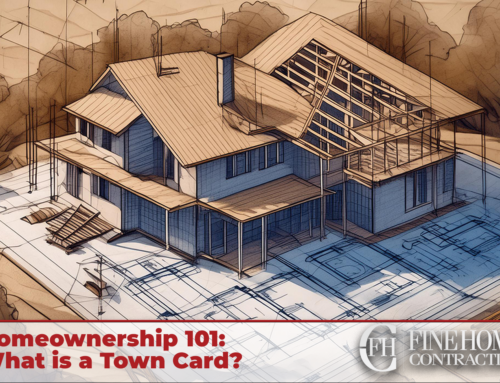What is a Property Deed?
A property deed is a legal document that transfers ownership of real estate from one party to another. It includes vital information about your property and your rights as an owner.
Unique Considerations for Connecticut Homeowners
- Historical Preservation: Connecticut has a rich history, and many properties may be located in historic districts. Deeds for these properties might include restrictions or covenants aimed at preserving the historic character of the area.
- Coastal and Environmental Regulations: Properties near the coast or other environmentally sensitive areas may have additional regulations and restrictions reflected in the deed. These can impact remodeling projects, especially those involving significant changes or expansions.
- Connecticut deeds often use metes and bounds descriptions, which describe the property boundaries in relation to physical features and landmarks. This method can be more detailed and complex compared to other states that might use lot and block descriptions more commonly

Types of Deeds:
- Warranty Deed: Provides the highest level of protection to the buyer, guaranteeing that the grantor holds clear title to the property and has the right to sell it.
- Quitclaim Deed: Transfers whatever interest the grantor has in the property without guaranteeing clear title. This is often used between family members or to clear up title issues.
Key Sections of a Property Deed
Why Your Property Deed Matters for Remodeling
Understanding your property deed is crucial when planning a remodel. Here’s why:
- Boundary Lines: Know the exact boundaries of your property to avoid encroaching on your neighbor’s land.
- Easements: Check for any easements that might limit where you can build or remodel.
- Zoning Restrictions: Some deeds include zoning restrictions that affect what types of remodels are allowed.
Checklist: Reading Your Property Deed
Example of a Property Deed Section
Legal Description:
“Lot 24, Block 6, Meadowbrook Subdivision, according to the plat thereof recorded in Plat Book 5, Page 34, of the Public Records of Hartford County, Connecticut.”
Habendum Clause:
“To have and to hold the said premises, with all the appurtenances thereunto belonging, to the said Grantee, and the heirs and assigns of the said Grantee forever.”
Common Terms and Their Meanings
| Term | Meaning |
|---|---|
| Easement | A right to cross or use someone else’s land for a specified purpose. |
| Encumbrance | A claim or liability attached to the property, like a mortgage or lien. |
| Covenant | A formal agreement or promise included in the deed, often outlining restrictions. |
| Fee Simple | The most complete ownership interest one can have in real property. |
Conclusion: Understanding Your Property Deed
Your property deed is a crucial document that details your property and ownership rights. As a Connecticut homeowner planning a remodel, it’s essential to understand what your deed reveals.
It identifies the previous and current owners, provides a detailed description of your property’s location and boundaries, and lists any easements allowing others to use parts of your property, which can impact building or remodeling plans. The deed outlines zoning restrictions, historical preservation requirements, and homeowners’ association rules that limit how you can use the property. It specifies the rights and interests transferred to you, indicates the amount paid or states valuable consideration without specifying the amount, and includes the grantor’s signature, which must be notarized in Connecticut. Additionally, it lists any encumbrances, such as mortgages, liens, or other claims against the property.
Understanding these elements ensures you know your property boundaries, any limitations, and your rights, which is crucial for planning remodels and avoiding legal issues. If in doubt, consult a real estate attorney or contractor for clarity.
Have questions? We have a plethora of homeownership-focused content on our Learning Center and Podcast. Still unsure about anything? Feel free to give us a call!


